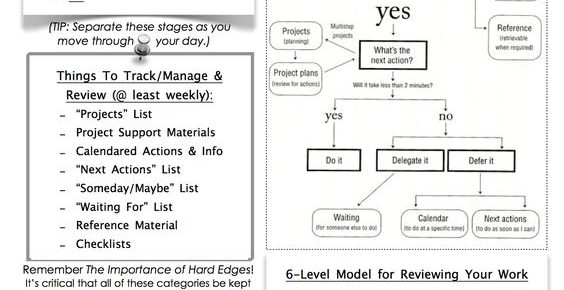Using Systems to Win
The emails poured in and I dealt with them like I did everything else. With swift precision and indifference.
Each email held the promise of enlightenment yet most contained nothing important.
Years ago I created a system that made email easy to deal with. Anything that needed me to do something went into an @action folder. I filed everything else. Within a day my inbox was empty and each night before I left it went back to zero.

Every morning I went through that @action folder and prioritized what was inside. Most items I delegated to those better suited to handle the action. That left me with a core list of actions that I was the best to handle.
I ranked each item and put it in my task manager. Then after those five minutes I started to work on the first item.
Here’s the real game-changer. I didn’t stop working on that first item until I completed it or something blocked me from going forward. If blocked, I noted what the issue was, filed the task back into my task manager with an updated note and moved on to the next task. Simple. Nothing fancy, no whiz bang gadgets yet with this system I accomplished more in a day than most did in a week.
Why did it work?
The answer came to me from a variety of sources. The simple, short answer is that I created a system that worked how I thought. Something came in, I did something to it, and the outcome is what came out. No thinking required on two sections, in and out. I limited my thinking to only what I did. I read this quote that sticks with me and it changed my philosophy
Get a task, work on it as hard and as fast as you can then pass it on to the next person. The better you do at that the better your system will run.
This post is a test of my task management system. I wanted to know how well the new Gutenberg plugin worked. So far, I like it.
